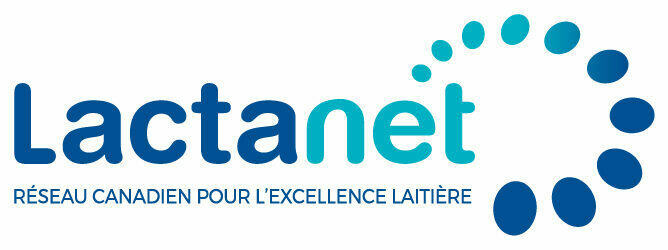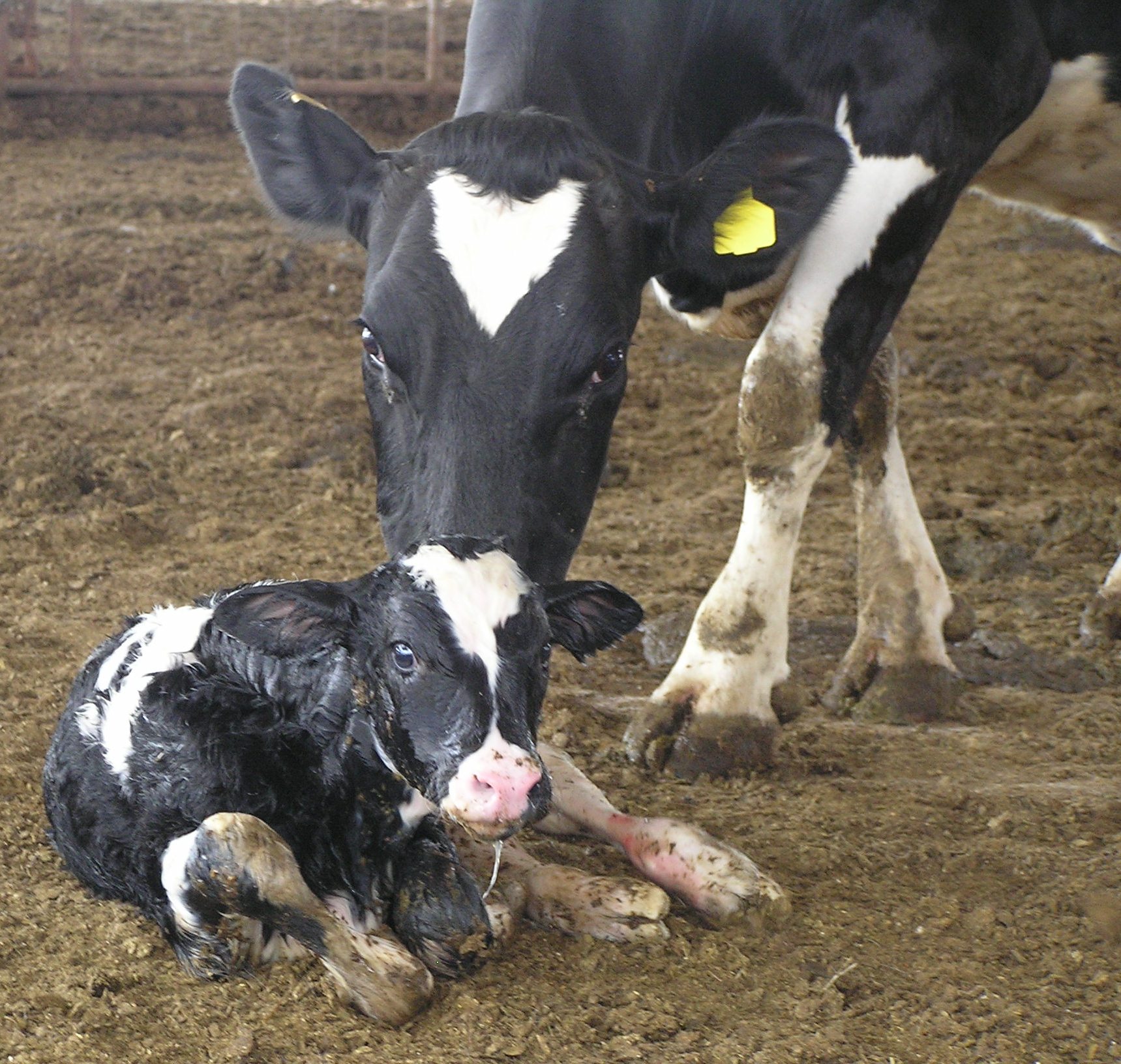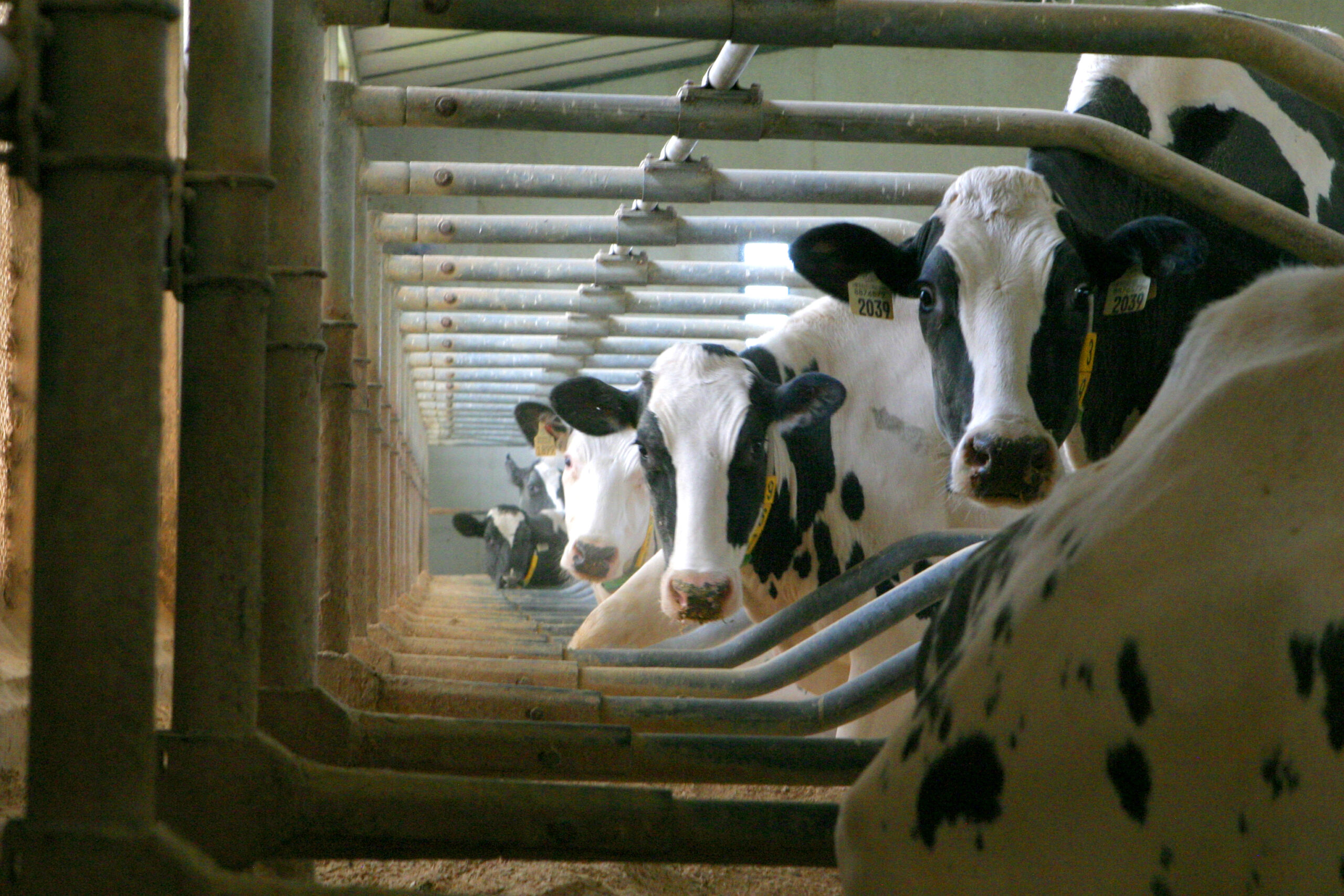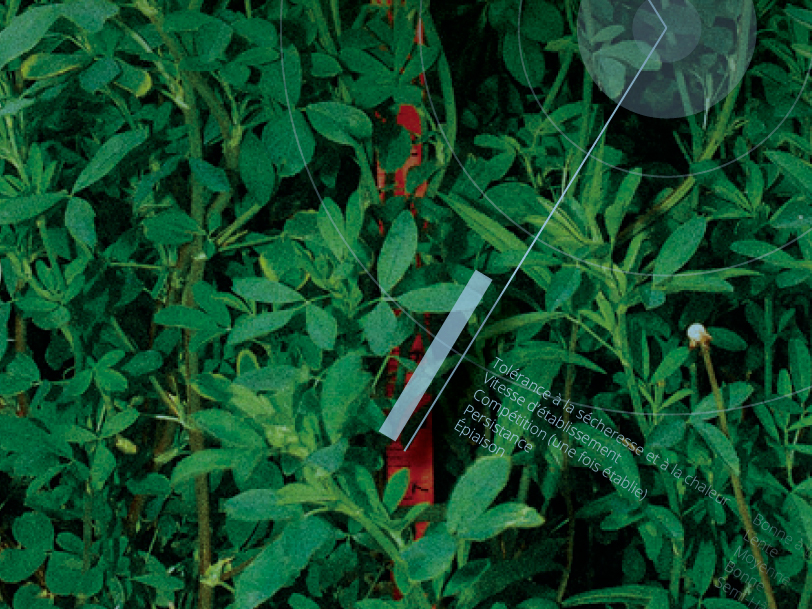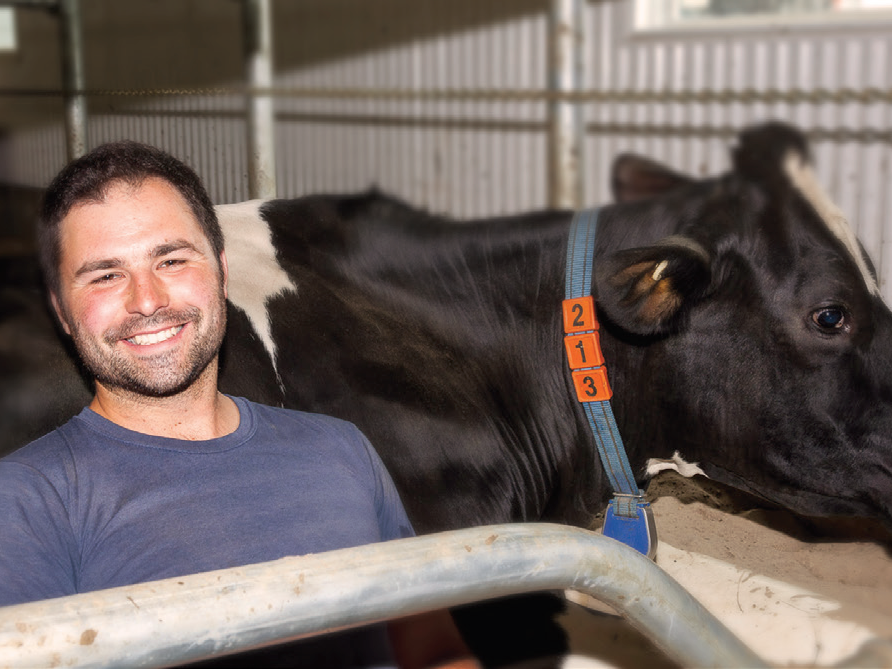Four Good Reasons for Using Beef Sire Semen in a Dairy Herd
- November 8, 2019
There was a time when the “purebred registered” females in a herd were all inseminated with proven sires or sires from progeny testing programs. Practically all of the heifers were destined to be replacement animals. Only when heifers reached first calving were the best selected during their first lactation.
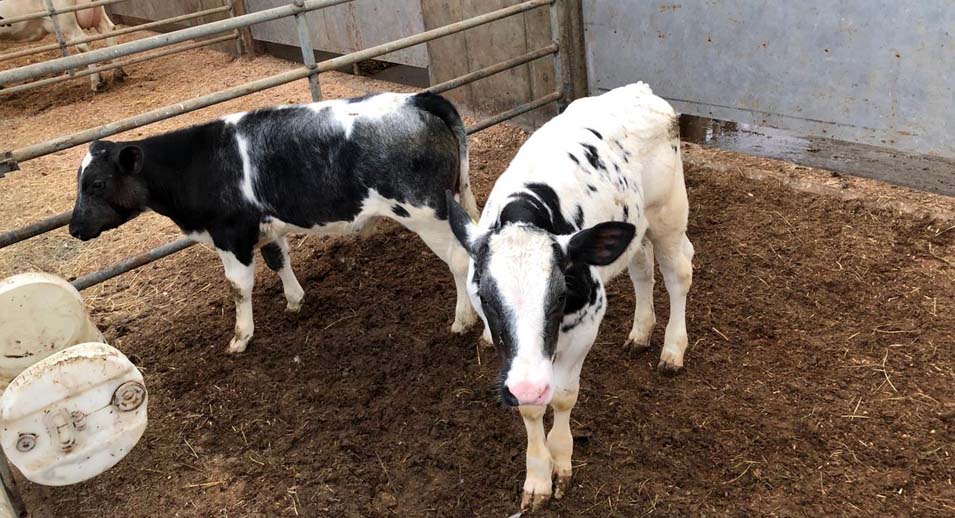
We now select at breeding
For a growing number of producers, the way of doing things described above is now a thing of the past. We are increasingly seeing replacement animals being selected at breeding, and those that will not be kept as replacement animals are being inseminated with beef sire semen. According to our statistics from early 2019, this is the case for more than 10 % of inseminated dairy cows. (This rate was less than 3 % before 2012) We estimate that by the end of 2019, 10 % will probably even be a conservative estimate. In the month of October, the market for crossbred male calves reached a differential of $1.70/pound, ($2.71/lb crossbred males vs. $1/lb Holstein males). The use of beef sire semen has actually reached close to 40% in some dairy herds!
Why use beef sire semen in a dairy herd?
The increasingly interesting offer of sexed semen by A.I. centres, (volume, genetic quality and fertilizing capacity), the advantageous prices for crossbred calves and the coming of genomics are all factors that influence the usage rates by dairy producers.
- A higher level of sexed semen use increases the proportion of heifers from the best females of the herd. For example, if 50 % of the females in the herd are inseminated with sexed semen, beef sire semen can be used on around 25 % of females while still ensuring that there will be sufficient replacement animals for the herd (the other 25 % are bred with conventional semen).
- The use of genomic testing is progressively being adopted by dairy producers. Thus, so is the certainty of the genetic potential of female calves at birth. Tracking the best subjects in the herd from a very young age allows us to choose the next generation of females at breeding. The cost of genotyping is going down and the results are available for a growing number of traits, several of which are genetic faults.
- Females that are not kept as dams can be inseminated to produce calves that have a plus-value at a young age, crossbred dairy/beef calves. The advantages of a good gestation rate with beef sires, the reduced cost of semen as compared to elite sires from the same breed (proven or genomic) and the price of calf sales at auction are all good reasons to use more beef sire semen.
- The market for freshly calved heifers remains limited by the availability of quota and national production needs, which have been fairly stable over the past two years. The cost of raising a heifer to calving is around $3,000 and if the market for a young fresh cow is only $2.000, producers are not inclined to raise more heifers than are needed to meet the needs of their farm.
Compass integrates the use of beef sire semen into herd management strategies
Lactanet and Holstein Canada’s Compass software is a tool that was designed to help producers make better herd management decisions related to genetics. Decisions such as genotyping, sire semen choices, and whether or not to raise the heifers born on the farm that can help to maximize returns on investments made on replacement animals. This new software allows the producer to specify their usage rate of beef sire semen and to target the females that are worthy of being inseminated with sexed semen.
